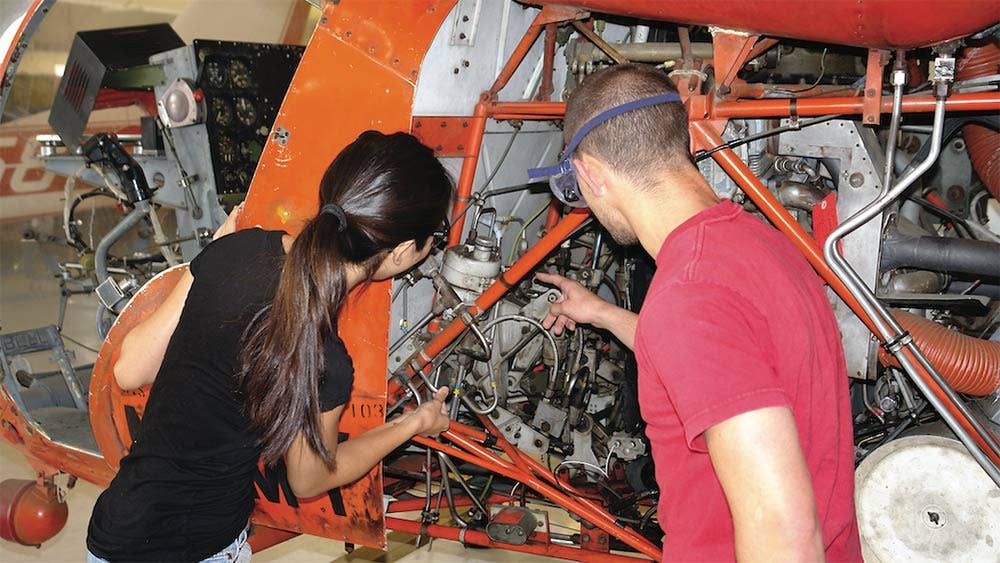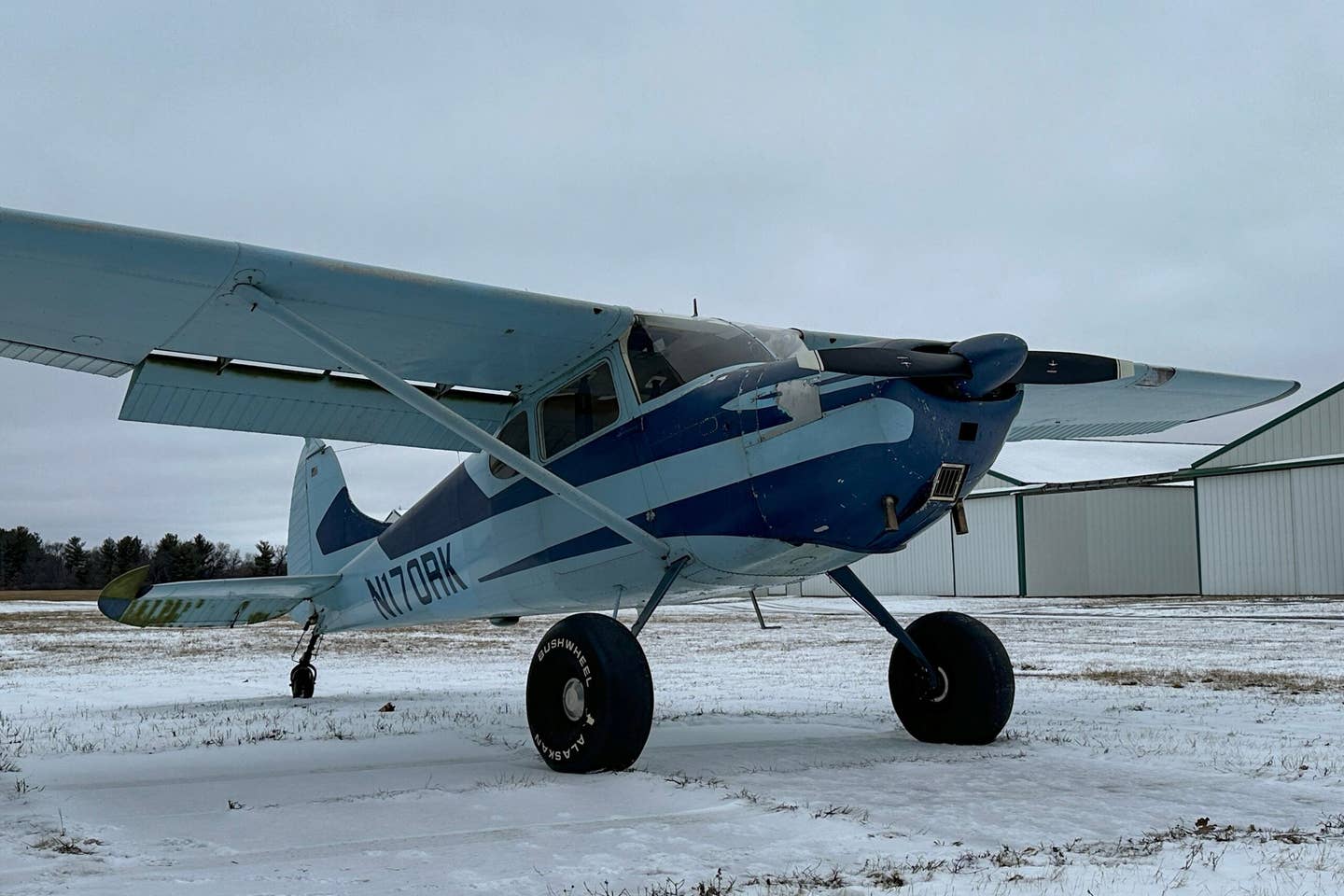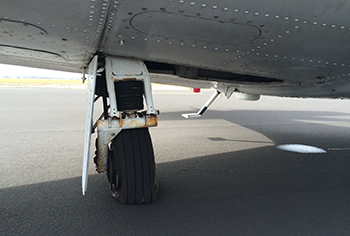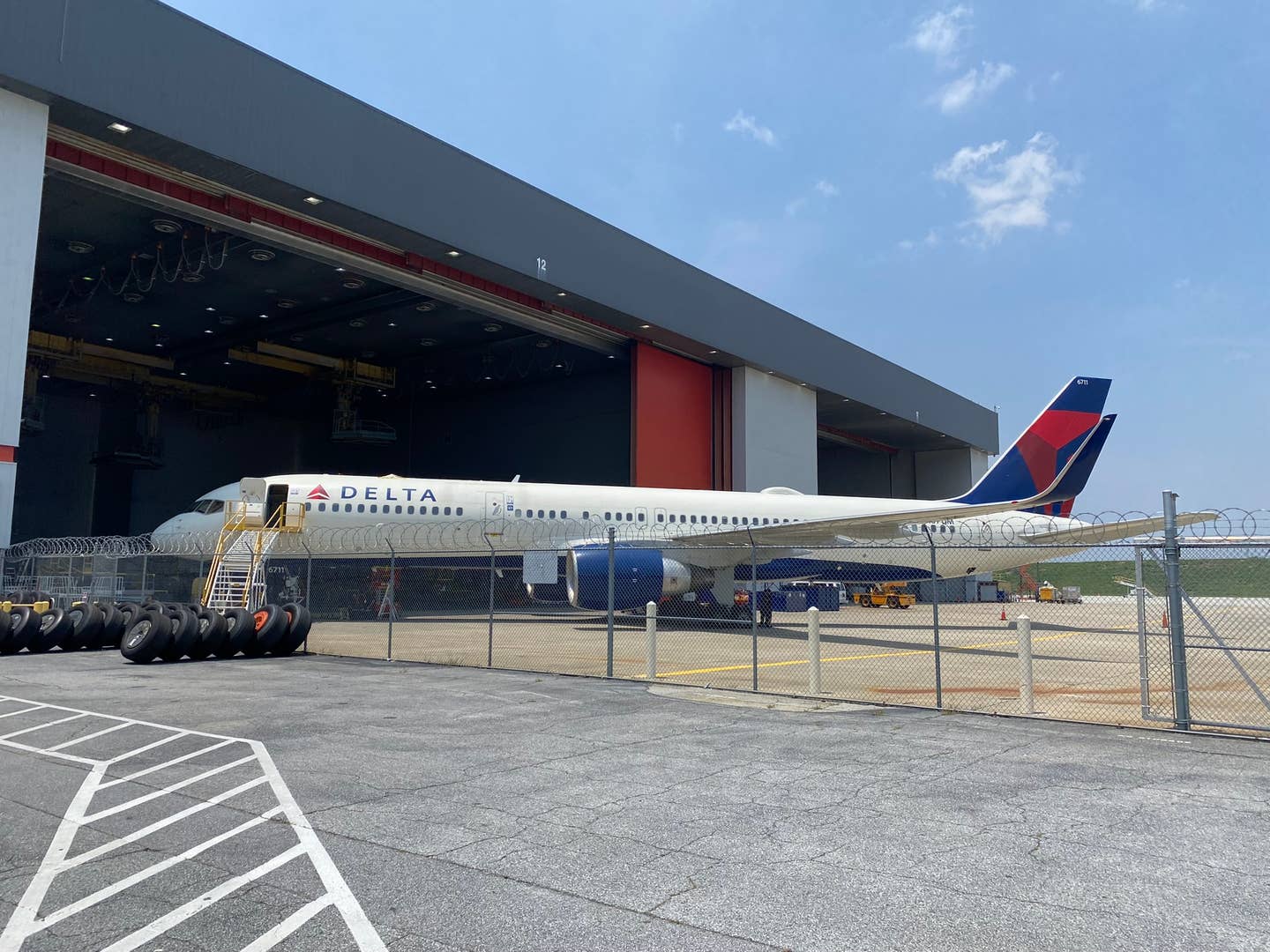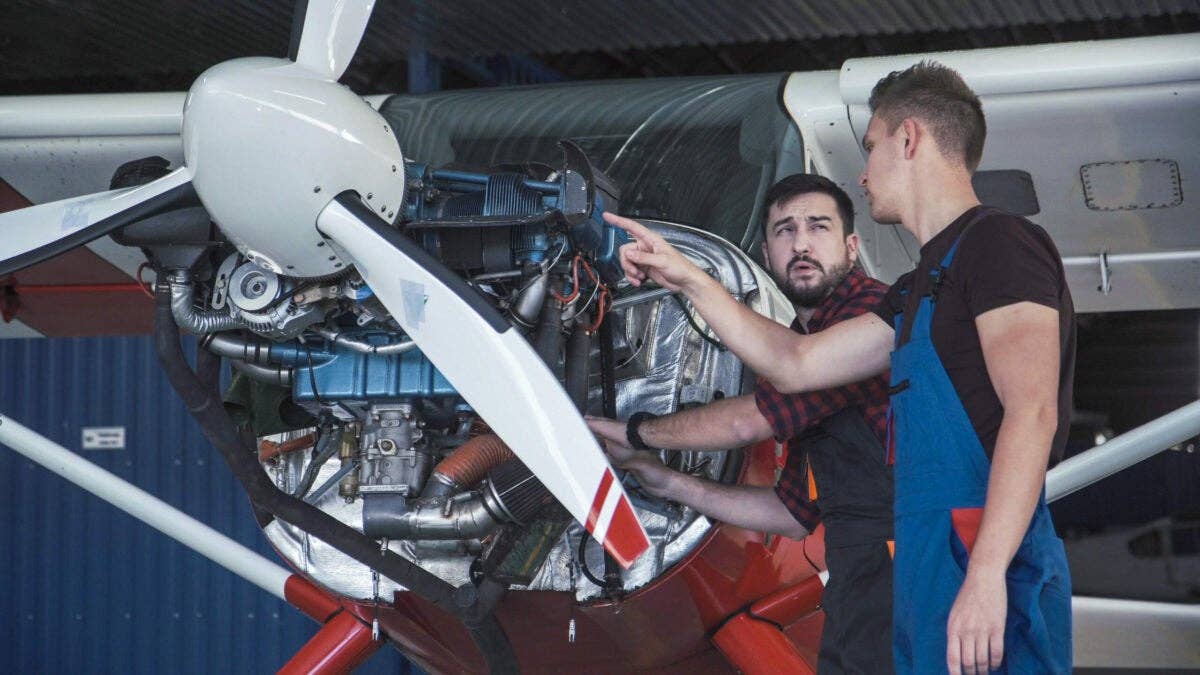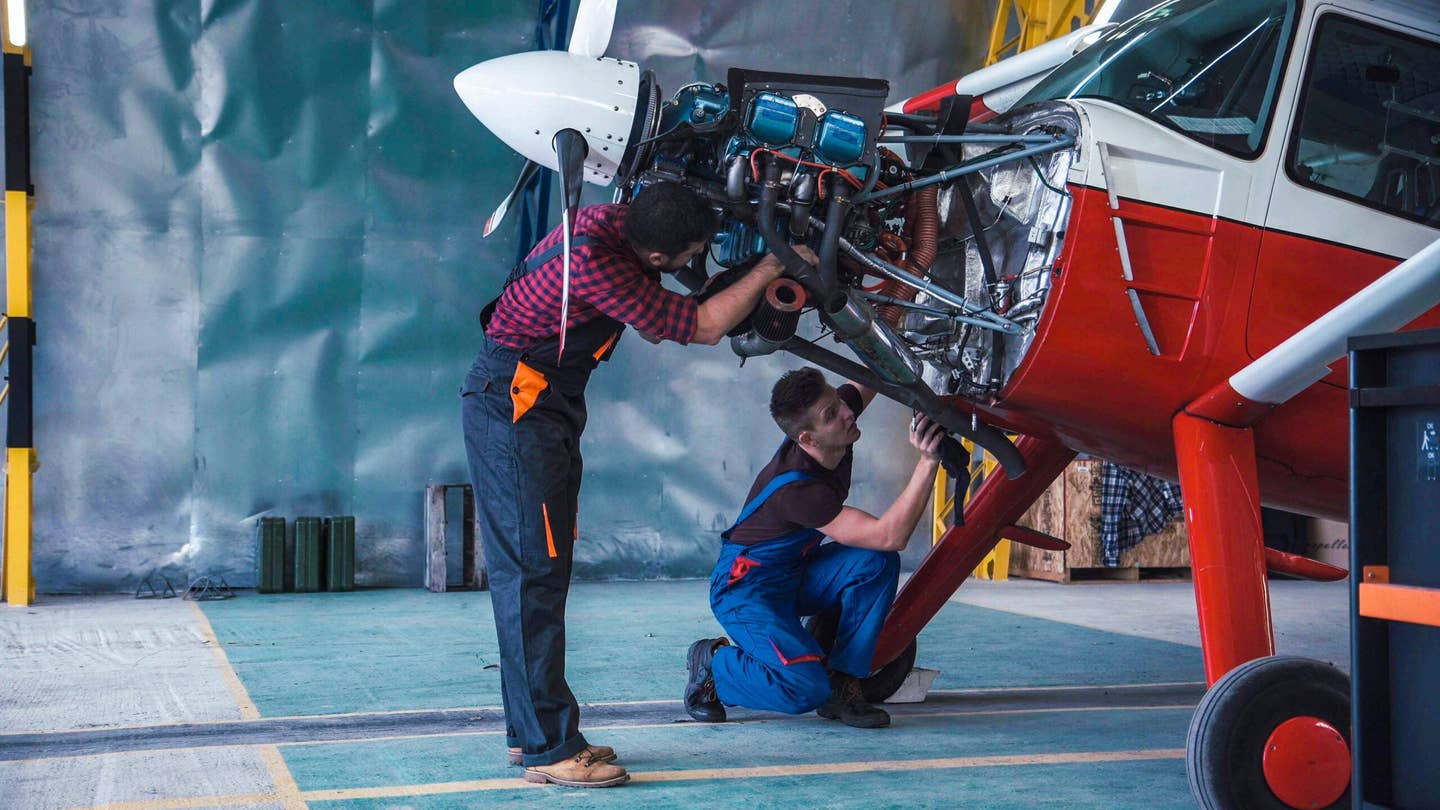Jet It Fallout Leaves Owners Shouldering Aircraft Maintenance
After the fractional jet company ceased operations, its owners are now responsible for maintaining the airplanes.
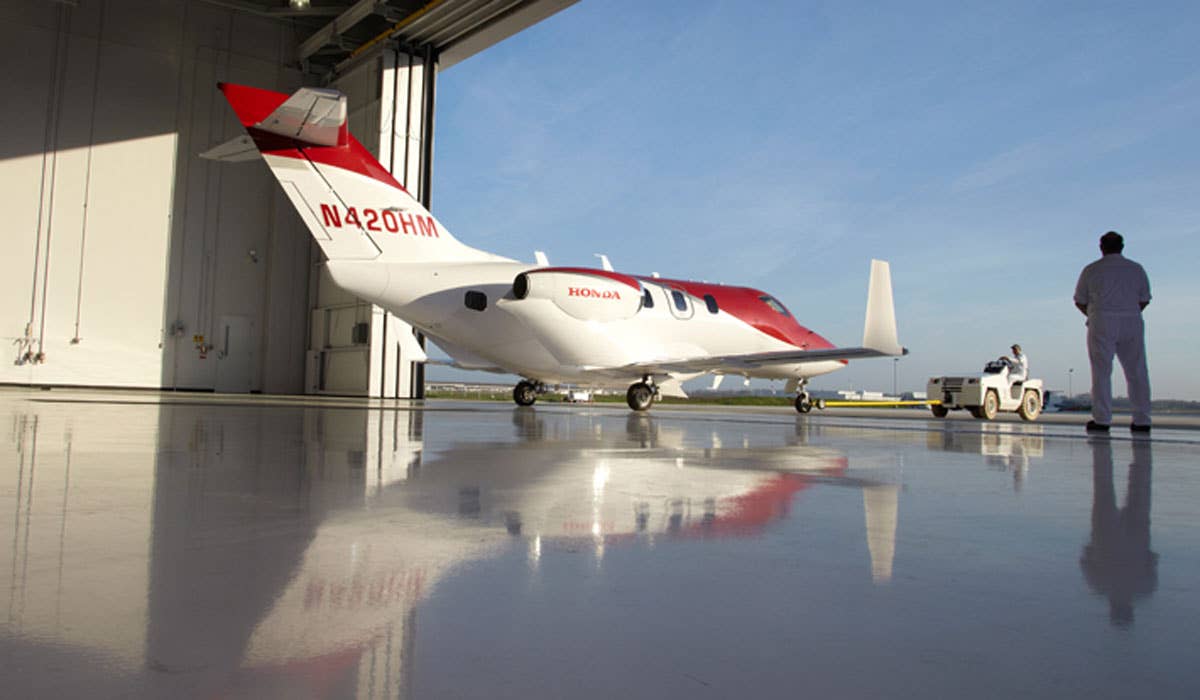
After Jet It closed up shop, fractional owners suddenly found themselves learning the logistics of maintaining a HondaJet. [Courtesy: HondaJet]
Last month, fractional jet company Jet It grounded its fleet and began to furlough staff shortly after. Within days, the company told its fractional owners to seek a new home for their aircraft.
When Jet It ceased operations, aircraft were stranded all over the country. Owners, who at one time relied on the company to manage the airplane, suddenly found themselves learning the logistics of maintaining a HondaJet HA-420, along with the potential pitfalls.
Mechanics Lien
Unpaid vendors are often the first sign a company is in financial distress. In the world of aircraft maintenance, unpaid vendors have options. A maintenance shop, for example, can attach a mechanic’s lien to an aircraft for an unpaid bill.
Owners of an aircraft with a lien against it should consult an attorney in the state where it is located and reach out to the maintenance facility to either make a payment or try to negotiate a lower amount.
Putting the Pieces Together
In the case of Jet It owners, they are now thrust into a new position of managing the maintenance of an aircraft that had been the company's responsibility.
Former Jet It owners likely are confronting numerous questions, according to Mark Thibault, founder and chief technical officer of Crew Chiefs Corp., which represents clients during inspections for aircraft purchases and sales. Those questions include:
- What is the status of the aircraft? Is it properly hangared? What is the flying/airworthiness status?
- Are the aircraft programs, warranties, subscriptions, and insurances maintained and current?
- Are the logs and records secure, co-located with aircraft, and complete?
- What funds are needed to get each aircraft back online, including any unpaid ramp, MRO, and handling fees, as well as those for pilot recruiting?
In order to quickly get their aircraft back online, according to Thibault, owners will need:
- Permissions for all electronic maintenance tracking systems.
- Comprehensive records review, both physical and electronic.
- A review of the Jet It agreement to assess if compliance was satisfied.
- An assessment, such as a condition survey, or pre-buy inspection of the exterior and interior of the aircraft.
- A pending inspection timeline, with associated due lists, and service bulletin and airworthiness directive compliance.
- An observation flight.
Honda Aircraft Co. has also offered resources for former Jet It owners who have questions or need assistance.
HondaJet Maintenance Cadence
One of the questions circulating in the industry is, “I thought HondaJets were new; there cannot be much maintenance to perform.” Well, yes and no. Like everything else with aircraft maintenance, the answer is “it depends.”
The HondaJet is on a phase maintenance program, which means maintenance is not scheduled by the calendar month but instead by the Hobbs meter, according to Anthony Agosta, the HondaJet maintenance manager at Florida-based Banyan Air Service . Banyan serves as the Southeast Service Center for the HondaJet.
Banyan currently has two former Jet It aircraft—one at its Naples location and the other at its main facility in Fort Lauderdale.
One of the key components of the HondaJet maintenance program is managing the Life Limited Parts (LLP). It is critical that whichever unit of measure is used to calculate life is documented, recorded, and reviewed. LLPs typically include powerplants and landing gear but could be other parts on other aircraft models.
Honda Aircraft establishes 150 flight hours as the increment of measure for maintenance. The cadence is 150-, 300-, 600-hour inspections, and so on. The first major maintenance comes at the 600-hour mark, takes five weeks, and costs hundreds of thousands of dollars.
In the scenario facing the former Jet It fractional owners, the group of eight or nine would typically elect a spokesperson and give them power of attorney, allowing them to negotiate with maintenance providers, among others.
Owners have options when choosing maintenance programs for their HondaJets. The P3 Precision FlightReady airframe service program represents the highest level of service, covering standard replacement parts and labor. The P2 Performance program serves as the middle tier of service and covers parts only. Each plan excludes damage, so you are on your own if you suffer a bird strike or taxi into the hangar. Of course, owners can always maintain their aircraft and pay the maintenance facility for the time and material as they go.
Because General Electric is a first-tier OEM on the HondaJet, it has a separate engine program—the Engine Maintenance Care program (EMC) covers parts, while the EMC2 program covers parts and labor. Again, this excludes damage, so be careful flying through asteroid fields.
Back to Birth
Aircraft maintenance begins on day one. Flight crew, maintainers, and management companies begin logging flights, incidents, and maintenance actions for the airframe and each engine. These records are part of the aircraft logs, and for LLPs, you need “back to birth,” or everything that happened since it left the factory.
One of the first actions displaced Jet It members need to do is consult their logbooks.
Bluetail, a company that specializes in back-to-birth aircraft records for business and general aviation and also a Jet It vendor, has stepped up as a potential resource.
On June 7, Scottsdale, Arizona-based Bluetail offered former Jet It HondaJet owners free and secure access to their aircraft’s digital logbooks and related records in the Bluetail app for a period of 60 days, according to company cofounder Stuart Illian.
This offer will allow the owners to protect their aircraft’s value while continuing to operate, which may include additional scheduled and unscheduled maintenance events, Illian said. Bluetail’s service is free for those providing proof of ownership.
The company will also provide the owners (or designated users) with any necessary training or product support. Additionally, should the owners decide to continue their Bluetail subscription, the software firm will waive the onboarding fees typically charged for the transition, according to Illian.
Situations like this highlight the value of having an aircraft’s operational and maintenance records digitized and hosted in a cloud-based network, and how especially critical it is for aircraft managed and maintained by a third-party provider.

Sign-up for newsletters & special offers!
Get the latest FLYING stories & special offers delivered directly to your inbox

